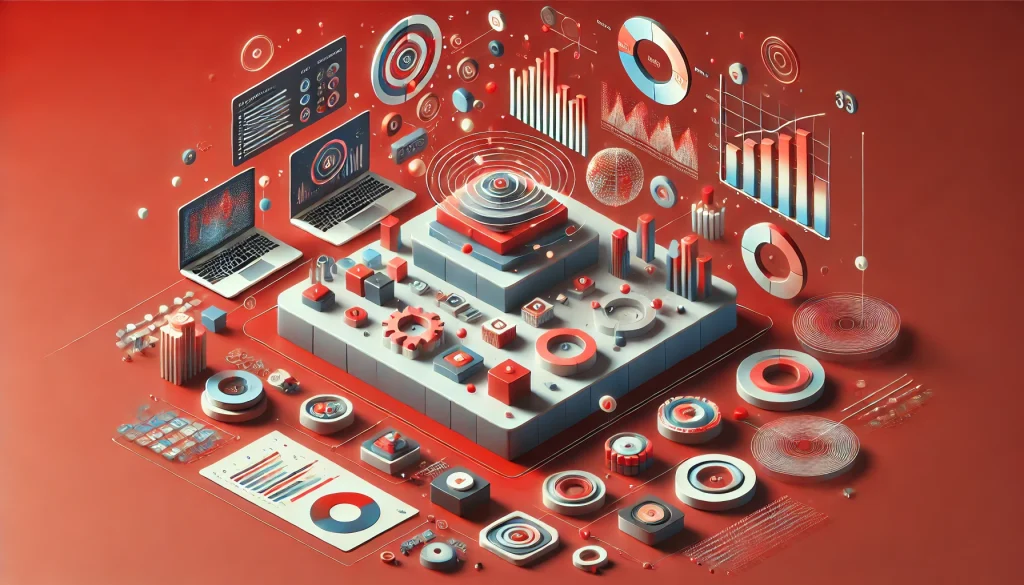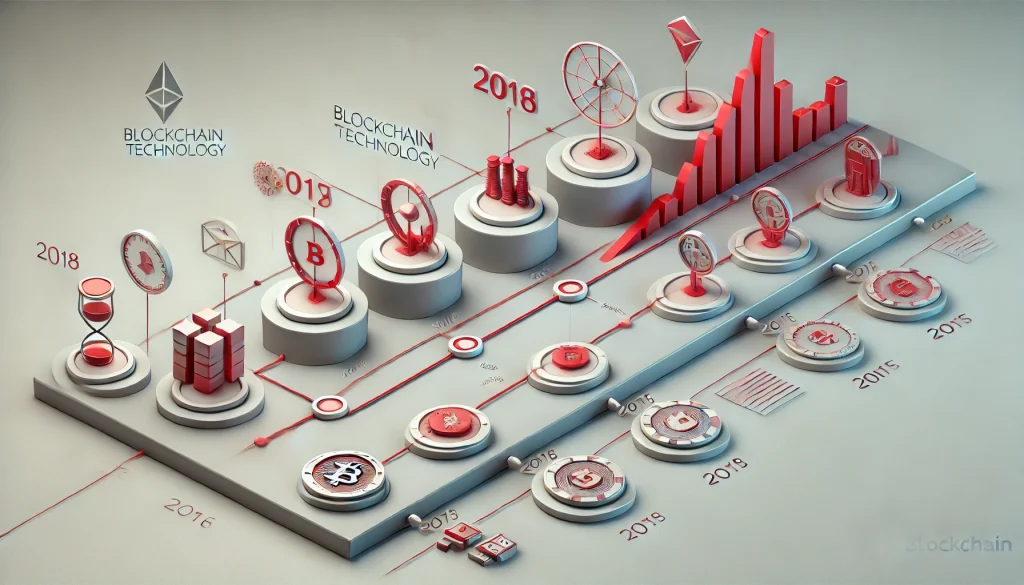
Blockchain technology, often dubbed the backbone of cryptocurrency, extends far beyond Bitcoin. As an immutable ledger of transactions, it has the potential to redefine industries. From finance to supply chain management, its decentralized nature ensures trust, transparency, and efficiency. For tech enthusiasts and industry leaders, understanding it is pivotal in navigating today’s digital landscape.
This blog delves into fascinating, lesser-known facts, highlighting its vast potential, groundbreaking applications, and its pivotal role in emerging technologies. By the end, you’ll have a new perspective on how this technology reshapes our world.
What is Blockchain Technology?
At its core, it is a digital ledger. Unlike traditional systems, it operates on decentralization, with transactions recorded across numerous nodes. Each transaction is added as a “block,” forming a “chain” of immutable data.
Blockchain’s hallmark features include transparency, security, and efficiency. Companies use it as explorers to trace transactions, showcasing the tech’s commitment to accountability. Beyond cryptocurrencies, wallets provide secure storage for digital assets, while platforms like the Solana drive innovation with faster, scalable solutions.
Blockchain’s Evolution Over Time

It began with Bitcoin in 2008, introduced by an anonymous entity called Satoshi Nakamoto. Initially tailored for financial transactions, it has since evolved into a multi-industry powerhouse. Today, the technology drives innovation in:
- Healthcare: Patient data security and streamlined health records.
- Real Estate: Transparent property ownership and smart contracts.
- Entertainment: Monetizing digital assets like music and art through NFTs.
This evolution underscores its transformative potential in shaping global industries.
How Blockchain Ensures Data Security
One standout feature is blockchain’s resilience against hacking. Traditional databases centralize data, making them vulnerable to single-point failures. Blockchain’s decentralized nature distributes data across networks.
For instance:
- Wallets employ cryptographic techniques to secure funds.
- Smart contracts automate processes, reducing human error and fraud.
By eliminating intermediaries, it ensures that transactions are both faster and safer.
Fascinating Facts About Blockchain Technology

1. Blockchain Is Not Just for Cryptocurrency
While Bitcoin popularized blockchain, applications extend into voting systems, logistics, and renewable energy. For example, the Solana powers decentralized finance (DeFi) platforms with lightning-fast transaction speeds.
2. Immutable Yet Transparent
Every transaction is recorded and publicly verifiable. Explorers make auditing easy, setting a new standard for accountability.
3. Eco-Friendly Innovations Are Emerging
It faced criticism for energy use, but solutions like Ethereum’s shift to Proof-of-Stake and Solana’s energy efficiency prove the industry adapts quickly.
4. Smart Contracts Are Revolutionizing Business
Automating agreements through smart contracts reduces bureaucracy. This technology is gaining traction in legal and financial sectors.
5. Adoption in Emerging Economies
Countries like El Salvador have embraced it to stabilize economies, showcasing its potential to address systemic issues.
6. Blockchain in Supply Chain Management
Transparency is a game-changer in supply chains. Companies track goods from origin to consumer. For instance, IBM leverages the system to trace food safety issues in hours instead of weeks.
7. How Solana Blockchain Stands Out
The Solana deserves special mention for its scalability and speed. Processing over 50,000 transactions per second, it’s setting new benchmarks in decentralized applications.
Solana’s success demonstrates how this evolves to meet modern demands, proving that the technology isn’t static—it’s dynamic and innovative.
Challenges in Adopting Blockchain
Despite its potential, challenges remain:
- Regulation Uncertainty: Many countries grapple with creating policies for blockchain usage.
- Education Gap: Lack of understanding slows adoption in businesses.
- Scalability Concerns: High transaction costs in certain blockchains, though newer options like Solana aim to solve this.
The Future of Blockchain Technology
Experts predict a surge in adoption across industries. Wallets will become mainstream, Explorers will aid regulatory compliance, and eco-friendly chains like Solana will dominate. The technology’s intersection with AI and IoT further broadens possibilities.
Conclusion
Blockchain technology is no longer the future—it’s the present, shaping industries in real-time. Its adaptability, transparency, and efficiency make it indispensable in emerging technologies. As the technology matures, expect to see even more groundbreaking developments in finance, healthcare, and beyond. Staying informed ensures you remain ahead in this rapidly evolving landscape.
FAQ
What is blockchain used for?
Blockchain is used for secure transactions, digital identity management, supply chain transparency, and automating agreements through smart contracts.
Why is Solana gaining popularity?
Solana offers fast transaction speeds and scalability, making it ideal for decentralized finance (DeFi) and NFT platforms.
How does blockchain ensure data security?
Blockchain employs cryptographic techniques and decentralization, making data tamper-proof and highly secure.
Resources
- Builtin. Blockchain Technology.
- Findstack. Blockchain Statistics.
- IBM Topics. What is Blockchain.
- Investopedia. Understanding Blockchain.
- WEF. World Economic Forum on Blockchain.

Brijesh Gohil is the founder of Tech Brij, A popular Tech Blog which is focused on Tech tips & Buying Guides. You can follow him on Facebook, Twitter, Google + & LinkedIn.

